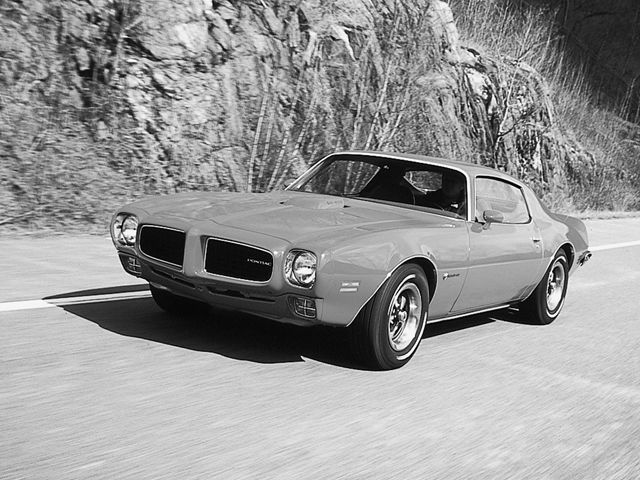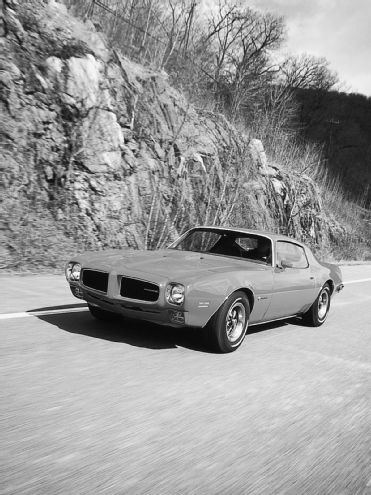
In Part I, we began outlining the differences between the '70-73 Firebirds in terms of sheetmetal and body/component construction. Part II will finish the "cosmetic" evaluation.

When it comes to restoration time, an assembly manual is likely the best source of information as to how the Birds (or any other Pontiac model) were put together. These manuals contain everything from the basic drawings of the component assemblies to torque specs, part numbers, production changes, and even lubricant types to be used and where. Unfortunately, they're getting hard to come by, and reprints are no longer available through most aftermarket suppliers. A good guide that's still offered for the unit body of the Firebird is the Fisher Body manual. However, these are more generalized in terms of information provided (though they do offer useful installation and adjustment information on door, trunk, window, and other component assemblies) and only cover the Bird from the cowl rearward, which is what Fisher Body shipped to Pontiac. Sub-frames, fenders, hoods, etc. were installed on the assembly lines at GM's Norwood and Van Nuys plants. Speaking of those two plants, there may be minor (likely very minor) differences between Birds of the same year built at these plants. For instance, the '72 assembly manual shows that one of the bumper L-bracket bolts on Van Nuys cars is to be installed from the opposite direction as those on the Norwood cars. If anyone is aware of any major differences not shown in these articles, again, please let us know and we'll include the information in the upcoming articles.
Miscellaneous Stuff Not Shown in the Pictures
For '70-71, the Formula hoods have minor differences in the structural bracing from '72-73 hoods. The '72-73 hoods have a metal brace riveted to the underside, going from the hood hinge area forward. Formula hoods, when Ram Air was optioned, also had the block-off plates removed and carried a different part number. In 1974, the design of the Formula hood changed, so only '70-73 will interchange appearance-wise on that model. Trans Am and Firebird hoods from '70-76 are interchangeable. Trans Am, and possibly regular Firebird hoods, will also show a minor difference in the underside structure. On Trans Am hoods, just forward and left of the shaker opening, the bracing is a bit different. This could be for A/C clearance; the assembly manual for '73 notes four different hood numbers, two of which correspond to Formula and Ram Air and two correspond to a WX3 code (meaning Shaker). Though the hood hinge assembly was unchanged from 1970-81, the springs carry a separate part number. Only one part number is referenced in the assembly manual, but it is possible that the number of coils and the diameter of the spring wire was changed sometime between 1970-73; the "lighter" spring may have been issued with the Formula hoods.
Rear spoilers and end caps for '70-73 are identical, from '74-78 a different style (shorter) end cap was used. Wheel opening spoilers from '70-78 are the same, later ones were of a different style and were made of urethane instead of ABS plastic. The chin spoiler of '70-73 is also interchangeable among those years, later ones were of various styles and most later years were integral to the front valance and cannot be used on a '70-73.
Vinyl-topped Birds of all years will have trim rivets welded to the finishing panel just aft of the windshield-just had to toss that little tidbit in. And you thought the '70-73 Birds were all of the same feather?